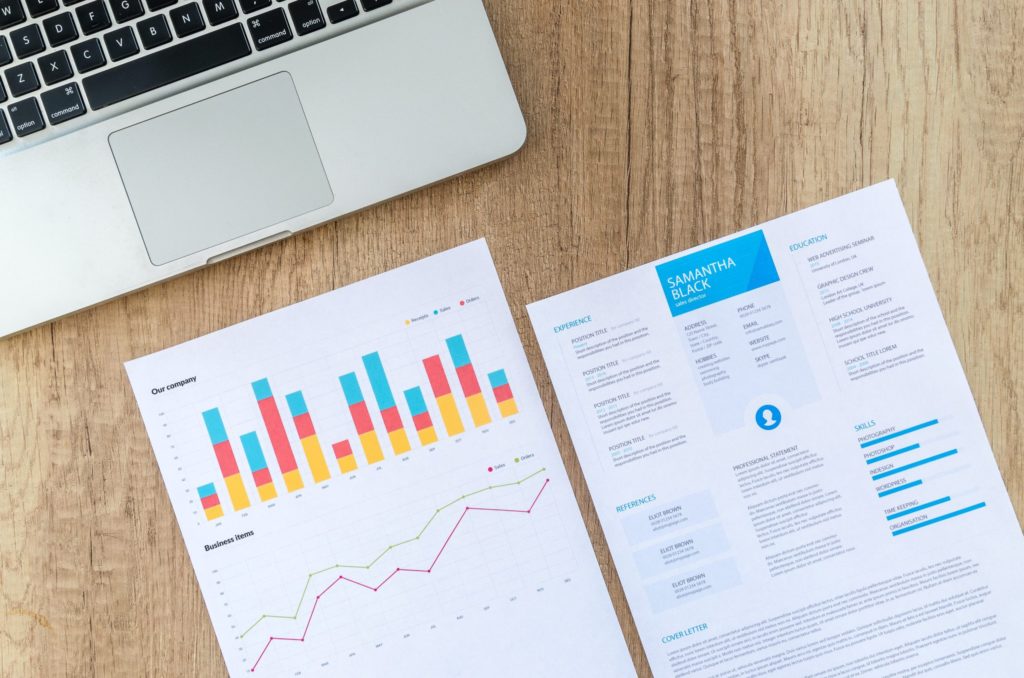If you’re not familiar with the Google Analytics tool or you don’t work in marketing, it can sound very daunting, especially if you login and see lots of numbers, graphs and more options to access data that you’re not sure how to read or what to do with. You’re not alone! Navigating this tool is tricky even for a professional with updates and the endless possibilities for reporting. This latest blog de-mystifies some of the initial feelings towards the tool and identifies some helpful tips, so you can understand your website and how it’s being used.
What is Google Analytics?
It’s a free tool developed and designed by Google to track how your website visitors interact with your website. It allows you to access easy-to-produce and easy-to-read reports which can help you make important business decisions about your website development and search engine optimisation tactics.
What’s new with Google Analytics?
2022 will see the roll out and the continued development of the platform’s GA4, replacing Universal Analytics from 1/07/23, encouraging users to upgrade as it encourages use of other Google tools. The phased roll out is the most important for eCommerce businesses, as they heavily rely on GA data to form most of their marketing operations and decisions. But, here at activ North Essex, we can help you with these changes, when you need to make the switch. We can work these changes into your ongoing monthly reports.
Our top tips
Let’s get down to the nitty gritty shall we? With a look at our top tips for reading Google Analytics so you can understand the data at a glance.
- What’s the reason for checking?
Our first tip is to ensure that you have a specific reason to check your Google Analytics. It sounds simple, but you could spend all day looking at data with no meaningful takeaway, unless you have some actions in mind that you want to tackle. Perhaps you want to identify whether those online profiles with partners are bringing you any additional traffic for example? Now that’s something worth checking for. - Setting up email notifications
Extracting useful data can take some time, so we recommend setting up email notifications to get to the good bits quicker. To do this, head to the ‘admin’ section of the analytics account, then in the ‘view’ section select ‘all website data’ and select the ‘custom alerts’ tab. There you can choose to receive emails or text messages each time something you’re keen to understand happens. - Making data comparisons
It seems simple to access data in the here and now or report on the most recent activity, but for long-term success in business, it’s important to look at how far you’ve come. An easy way to do this is to use the compare tool on the date ranges. Here you can auto compare to a Google recommended time period or select your own dates. Perhaps you want to review the data month on month? Simple, just pop your dates in the relevant field and apply it to your reports.
- Mobile vs. desktop
Mobile traffic surpassed desktop traffic by 2014 and it’s not surprising with the constant development of mobile technology and access to unlimited data across the UK. You can access a simple report in GA that will give you an overview of your mobile traffic versus your desktop traffic where you can further analyse their behaviour. Head to the audience tab, then select mobile. You can even take a look at which devices your website visitors most commonly use! - Where’s your lead from?
Understanding where your customers came from when they made a purchase from your website or if they filled in a contact form can feel like a head-scratcher, but not with the Reverse Goal Path tool. Providing that you have goals set up correctly on your Google Analytics account, then the RGP tool can show you who completed a goal and each page of the website they visited before they did so. It’s a step-by-step look at what website content is helping you to convert those leads.
The possibilities with Google Analytics are endless but as we already alluded to, it’s always important to have an idea in mind of which data you’d like to see and use in order to meet your business goals. Contact us today to find out how we can support you with an accurate look at your website data.
- What’s the reason for checking?



